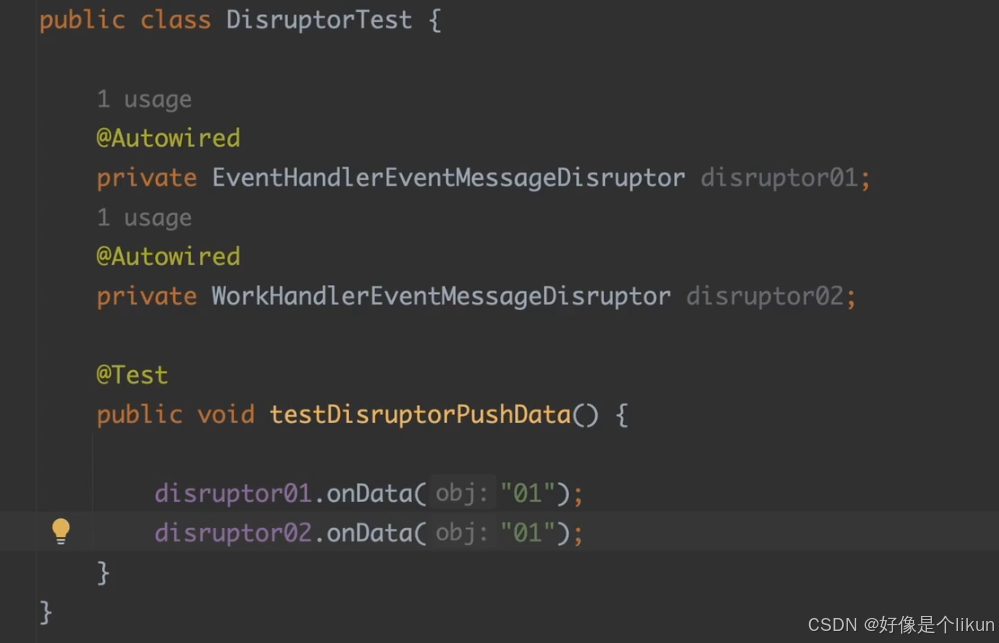import numpy as np
import torch
import torch.nn as nn
import torch.optim as optim
from sklearn.metrics import precision_score, recall_score, f1_score# 数据准备
class1_points = np.array([[1.9, 1.2],[1.5, 2.1],[1.9, 0.5],[1.5, 0.9],[0.9, 1.2],[1.1, 1.7],[1.4, 1.1]])
class2_points = np.array([[3.2, 3.2],[3.7, 2.9],[3.2, 2.6],[1.7, 3.3],[3.4, 2.6],[4.1, 2.3],[3.0, 2.9]])x_train = np.concatenate((class1_points, class2_points), axis=0)
y_train = np.concatenate((np.zeros(len(class1_points)), np.ones(len(class2_points))))x_train_tensor = torch.tensor(x_train, dtype=torch.float32)
y_train_tensor = torch.tensor(y_train, dtype=torch.float32)# 设置随机种子
seed = 42
torch.manual_seed(seed)# 定义模型
class LogisticRegreModel(nn.Module):def __init__(self):super(LogisticRegreModel, self).__init__()self.fc = nn.Linear(2, 1)def forward(self, x):x = self.fc(x)x = torch.sigmoid(x)return xmodel = LogisticRegreModel()# 定义损失函数和优化器
criterion = nn.BCELoss()
optimizer = optim.SGD(model.parameters(), lr=0.05)# 训练模型
epochs = 1000
for epoch in range(1, epochs + 1):y_pred = model(x_train_tensor)loss = criterion(y_pred, y_train_tensor.unsqueeze(1))optimizer.zero_grad()loss.backward()optimizer.step()if epoch % 50 == 0 or epoch == 1:print(f"epoch: {epoch}, loss: {loss.item()}")# 保存模型
torch.save(model.state_dict(), 'model.pth')# 加载模型
model = LogisticRegreModel()
model.load_state_dict(torch.load('model.pth'))
# 设置模型为评估模式
model.eval()# 进行预测
with torch.no_grad():y_pred = model(x_train_tensor)y_pred_class = (y_pred > 0.5).float().squeeze()# 计算精确度、召回率和F1分数
precision = precision_score(y_train_tensor.numpy(), y_pred_class.numpy())
recall = recall_score(y_train_tensor.numpy(), y_pred_class.numpy())
f1 = f1_score(y_train_tensor.numpy(), y_pred_class.numpy())print(f"Precision: {precision:.4f}")
print(f"Recall: {recall:.4f}")
print(f"F1 Score: {f1:.4f}")

![[创业之路-270]:《向流程设计要效率》-2-企业流程架构模式 POS架构(规划、业务运营、支撑)、OES架构(业务运营、使能、支撑)](https://i-blog.csdnimg.cn/direct/0bd00d7ad6334986893427cffc6beb99.png)

















